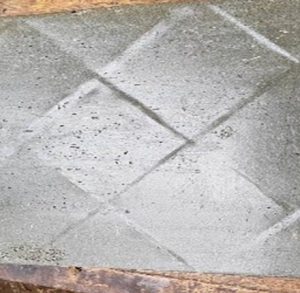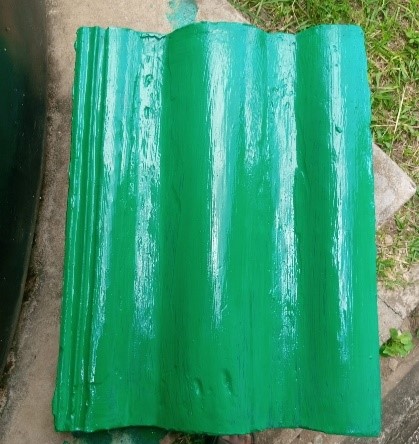
PROJECT
The Use Of Plastic Waste Materials As A Binding Agent For Roof Tiles And Wall Tiles Production
KING SOLOMON AKORLI
SUPERVISORS: PROF CLITON AIGBAVBOA & DR. SIMON OFORI AMETEPEY
Department of Construction Management and Quantity Surveying, University of Johannesburg, South Africa and Faculty of Built and Natural Environment Department of Building Technology, Koforidua Technical University
Corresponding email: Soking1975@yahoo.com
ABSTRACT
In a bid to address various socio-economic challenges, students from Technical Universities in Ghana proposed a range of cutting-edge solutions. From a Biometric Health Identification System to a solar fruit dryer, and from sustainable paper packaging to a portable renewable power generation system, these innovations aim to transform industries and improve lives. In the healthcare sector, the Biometric Health Identification System and the MedEase app seek to enhance patient identification, data management, and supply chain efficiency. Meanwhile, the PECTA Blood Warmer promises to revolutionize blood transfusion safety. In agriculture, the solar fruit dryer and the improved Plastic Film Mulch Laying Implement aim to reduce post-harvest losses and promote sustainable food production. In energy, the IoT and AI Energy Management System and the portable renewable power generation system seek to optimize energy consumption and reduce reliance on non-renewable sources. Finally, in construction, sustainable flood resilient homes and the use of plastic waste as a binding agent for producing roof and wall tiles offer innovative solutions to environmental challenges.
These pioneering projects have the potential to drive positive change in Ghana and beyond.
1. INTRODUCTION
This study sought to use plastic bottle waste as a binding agent for roof and wall tile production. The materials used for the experiment were Saw dust, quarry dust, water bottle plastic waste, rice husk ashes, powder glass and rice husk.
Currently, tiles are the most preferred wall finish in private and public architectural structures which comes in various varieties such as natural stone tiles, glass tiles, metal tiles, vinyl tiles and mosaic tiles (Akinde et al., 2013). However, most roofing and walling tile materials present certain environmental considerations that warrant attention.
2. MATERIALS AND RESULTS
The process of the manufacturing involves the melting of the plastics water bottle in a metal bucket. After melting the other constituent materials for the production were added in a précised proportion before been poured into the mould boxes.

3. CONTRIBUTION
This experimental work was necessary in the sense that it has not only add to one’s knowledge and principle, but also serve the environment from pollution. It provides an alternative for cement as binder in roof tiles production. In addition, clients will get a low-cost roof tiles and wall tiles for their roofing.
4. CONCLUSION AND RECOMMENDATIONS
It can be concluded that plastic bottle waste, rice husk (ash), powdered glass and sawdust can Produce roof and wall tiles. Further research should be conducted on all other plastics.

Wall Tile Produced

Roof Tile Produced

Roof Tile Produced
